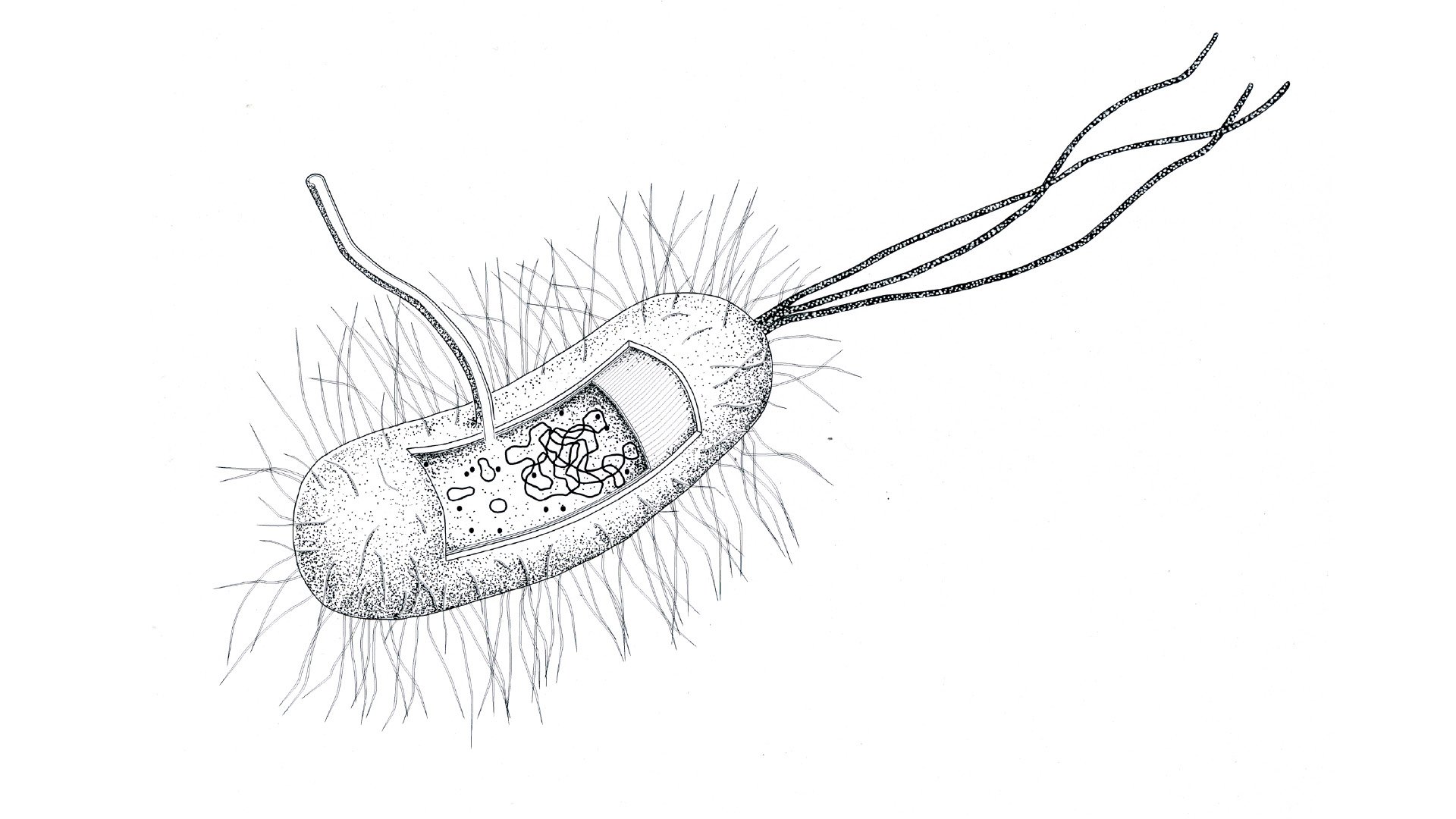A cell is the smallest form of life. All organisms, plants, animals, fungi and bacteria are made up of one or more cells.
A cell is the smallest form of life. All organisms, plants, animals, fungi and bacteria are made up of one or more cells.
Unicellular in the majority
Life on earth began with micro-organisms made up of only one cell. Nowadays too, the majority of micro-organisms still only have a single cell. These include bacteria, archaea and unicellular eukaryotes.
Nucleus or no nucleus
Some unicellular organisms, such as bacteria, have no cell nucleus and are therefore called prokaryotes (from the Greek ‘pro’ meaning ‘before’ and ‘karyon’, ‘kernel’). Other unicellular organisms, such as yeasts, and multicellular organisms, such as animals and plants do have cell nuclei. They are therefore called eukaryotes (from the Greek ‘eu’ meaning ‘true’). The DNA of these cells is in the cell nucleus.
Well packed
The cell is always surrounded by cell membrane. This allows substances in and out of the cell. There is often a protecting cell wall round the cell membrane which gives the configuration of the cell strength.
More microbes than cells
The human body consists of about 10,000 billion cells. This is an enormous number but pales into insignificance compared to the number of micro-organisms in and on our bodies. There are about ten times as many. These microbes do important jobs, for instance in our mouths and intestine. Without them, we could not survive.

